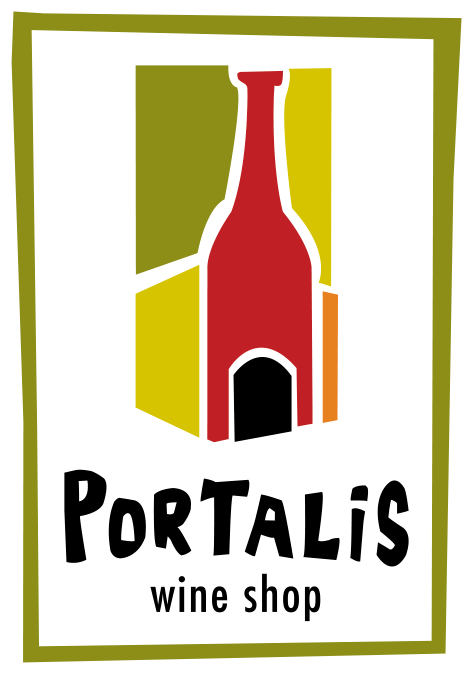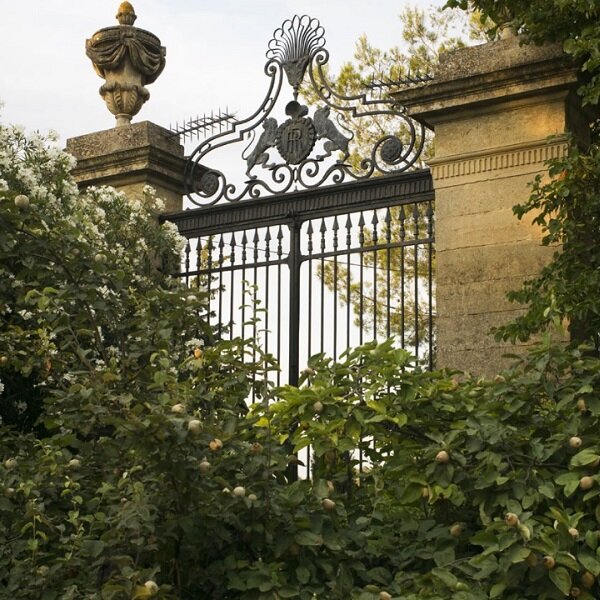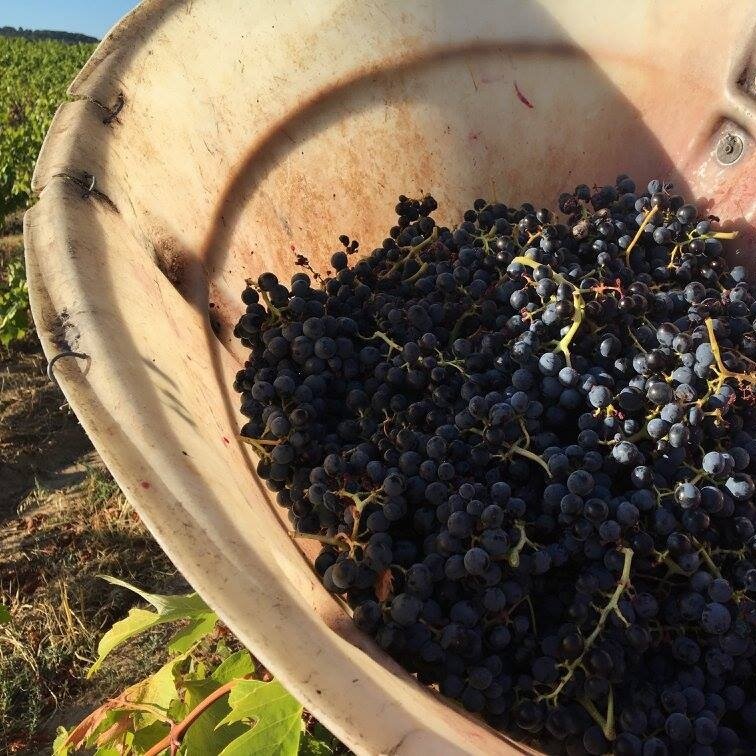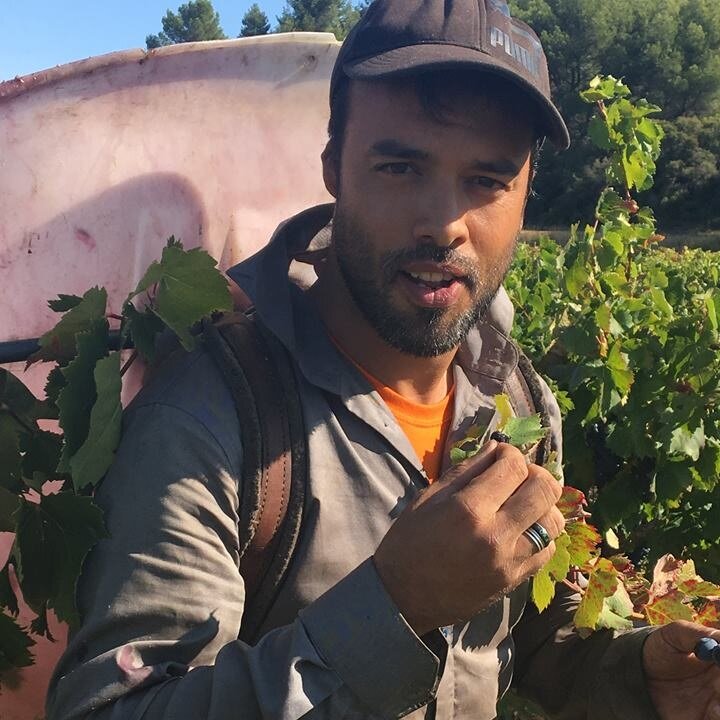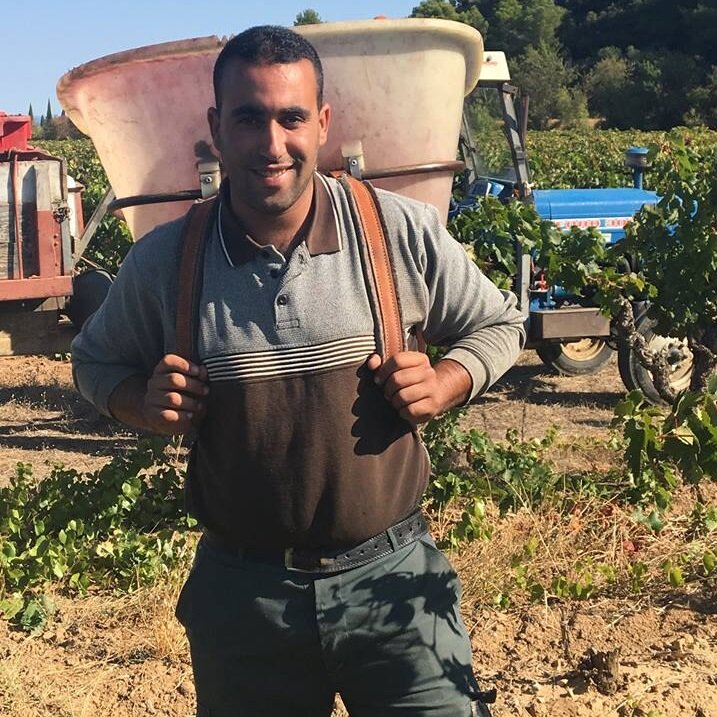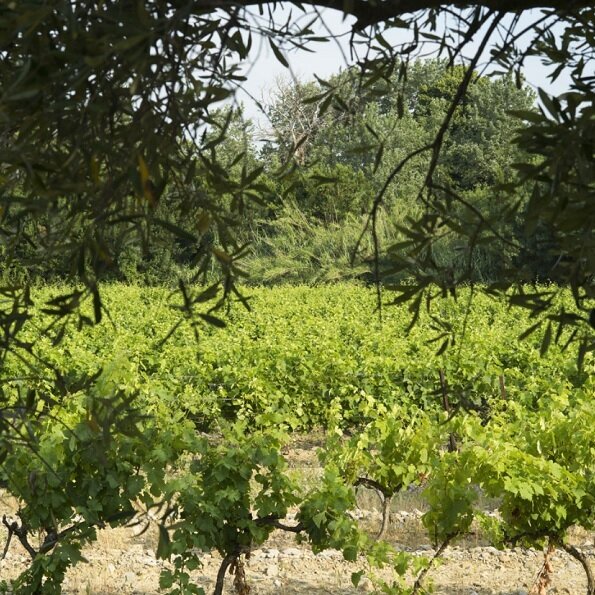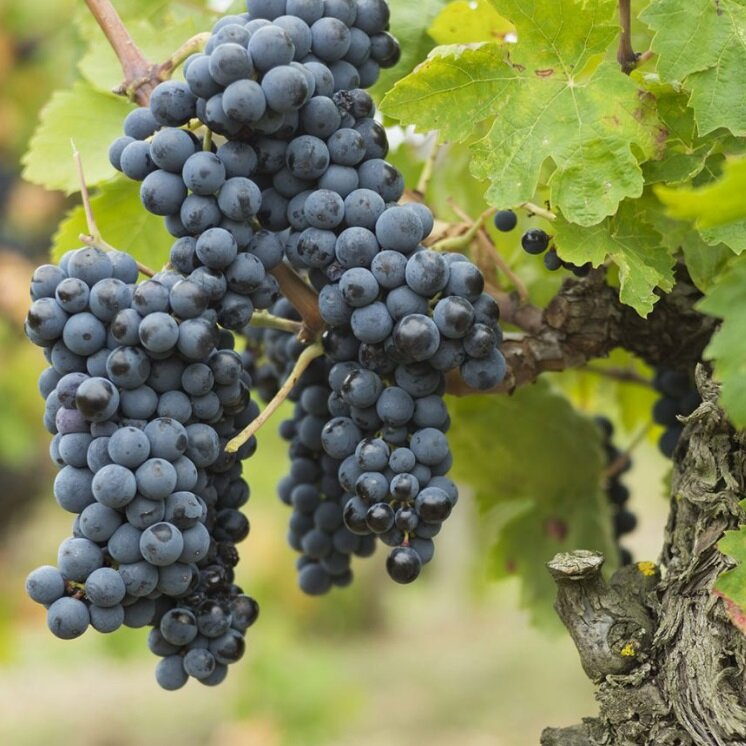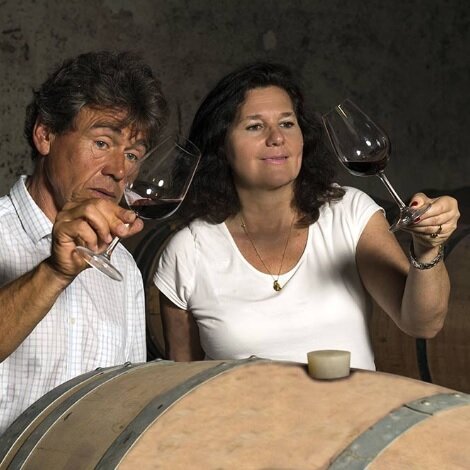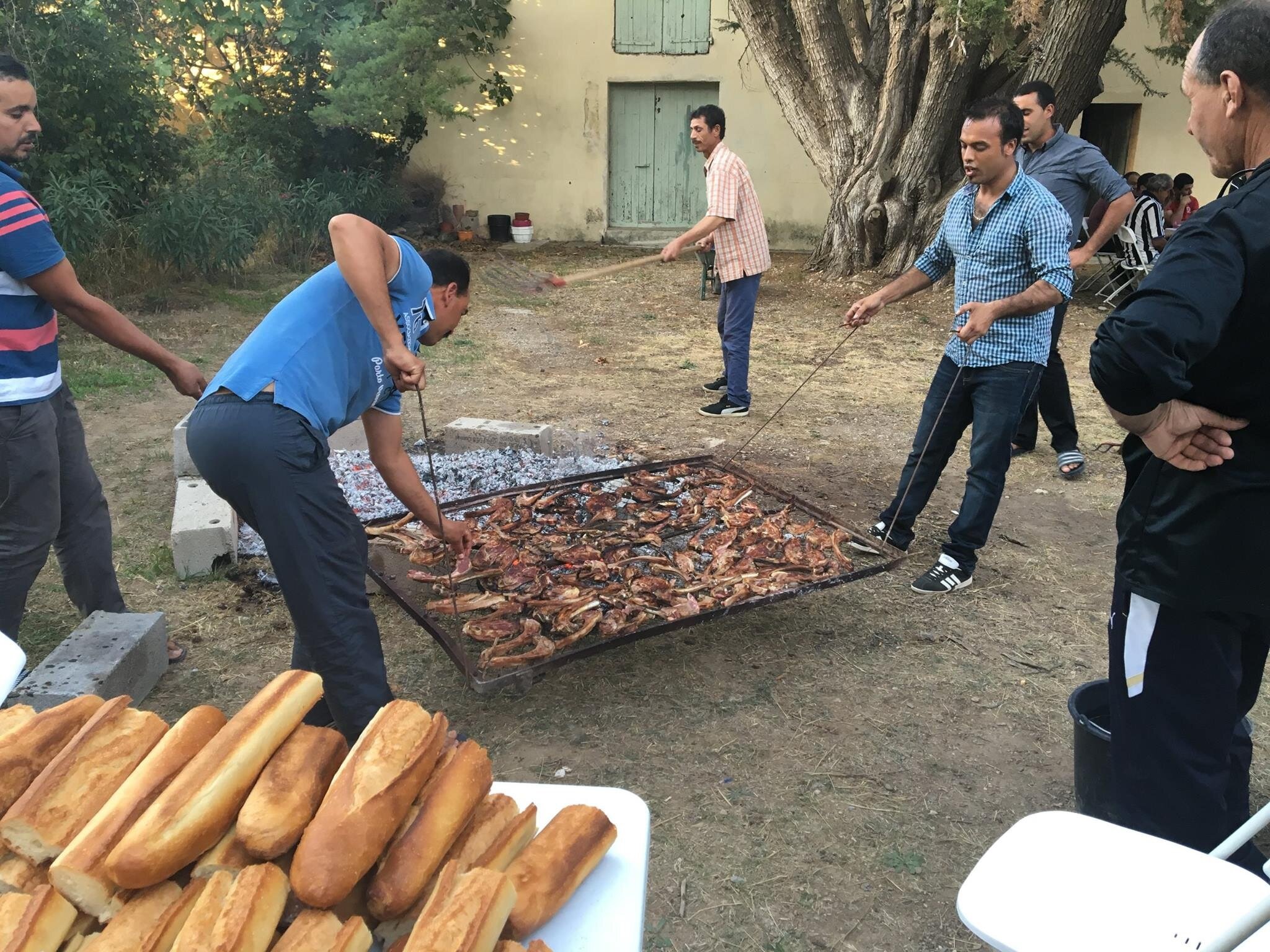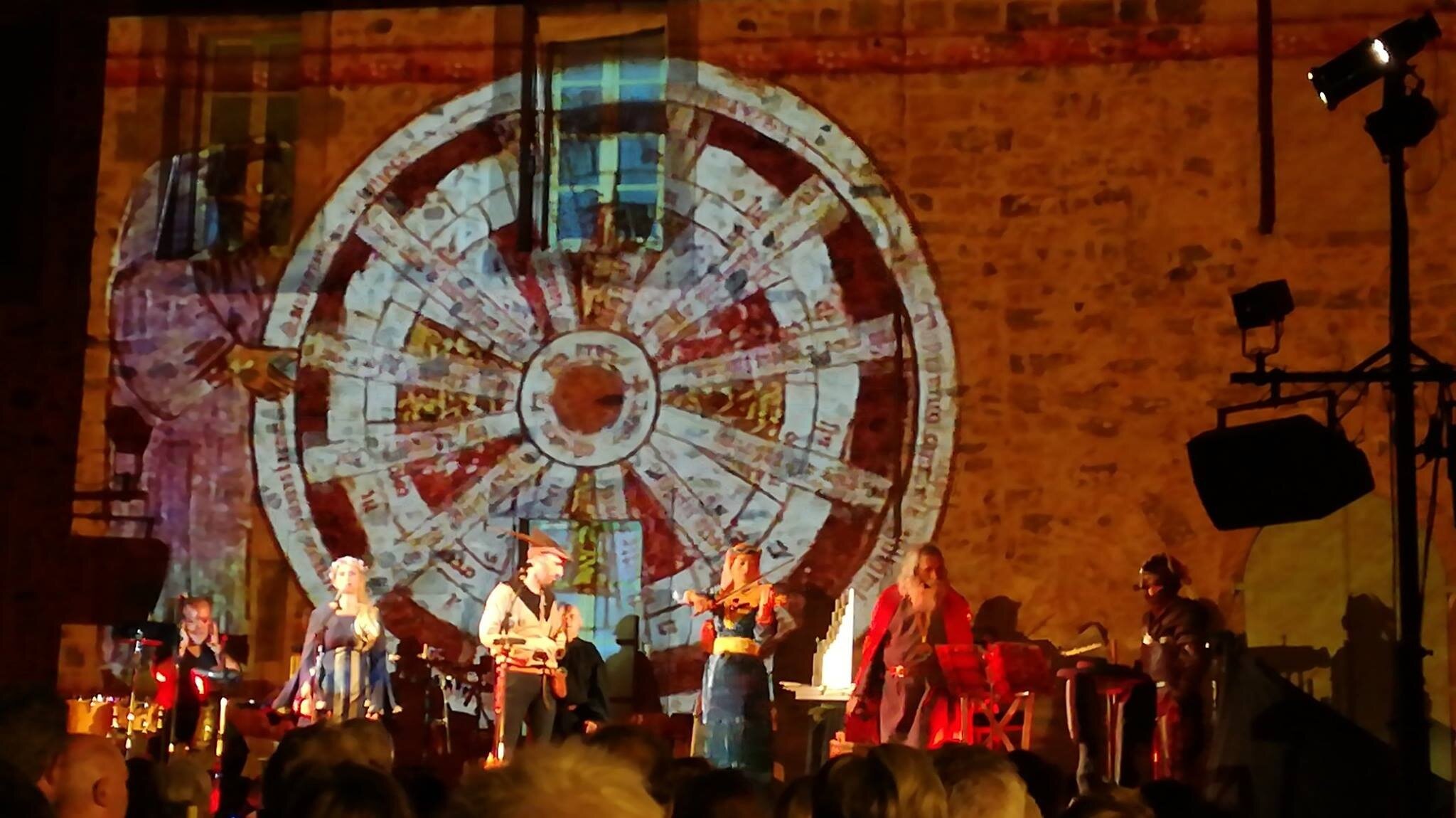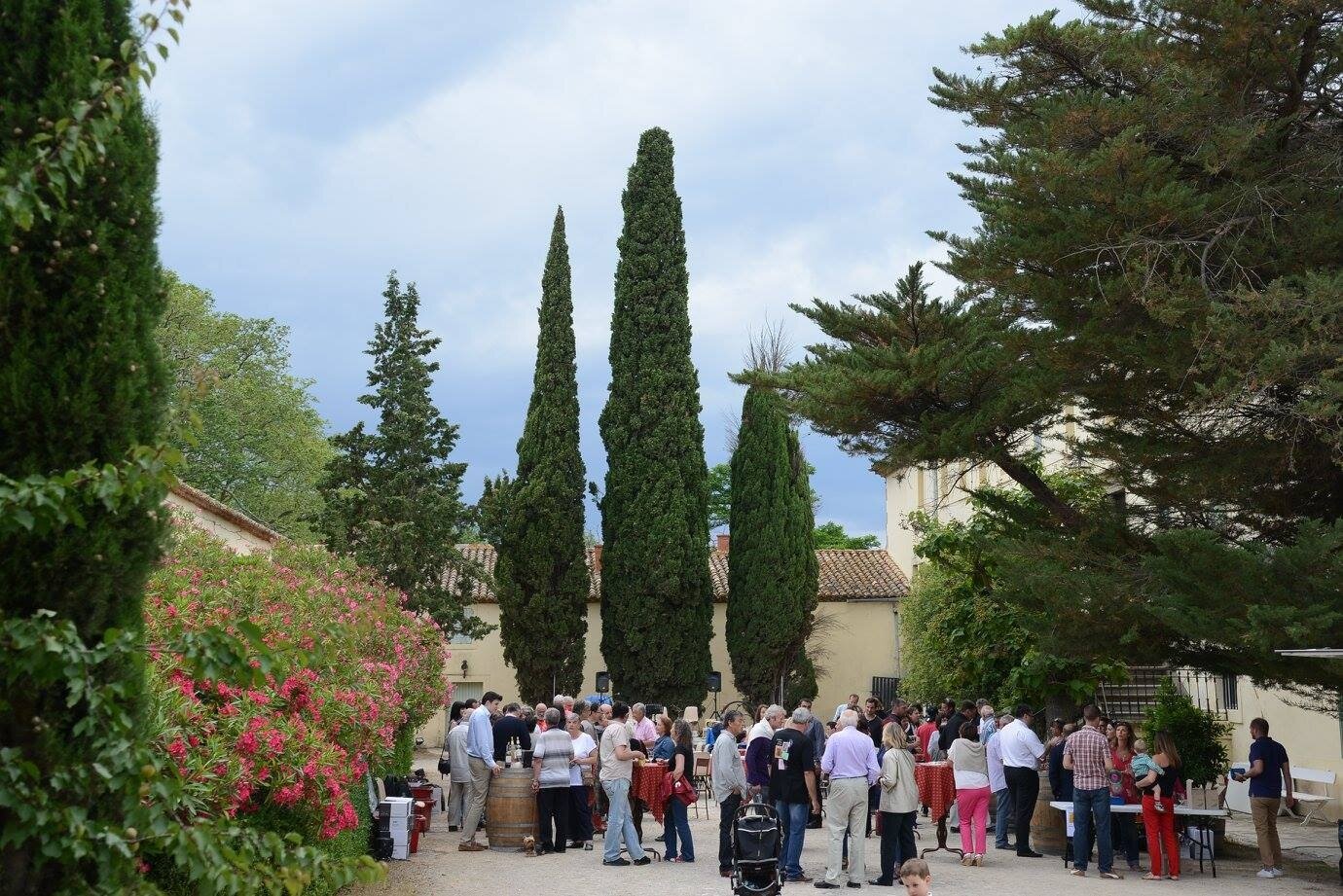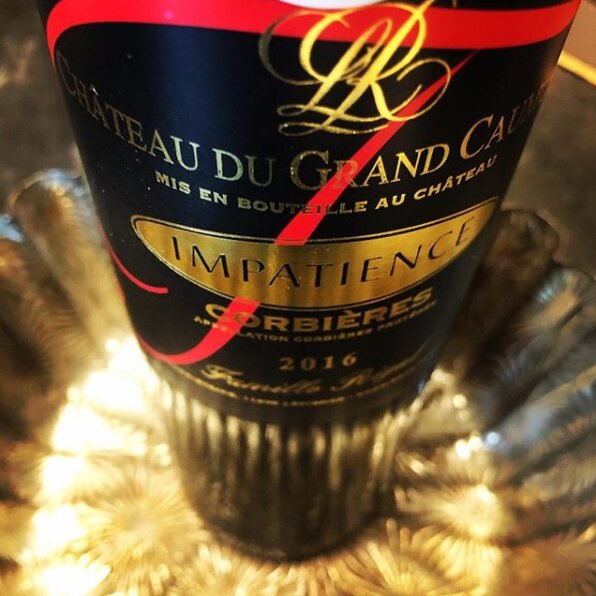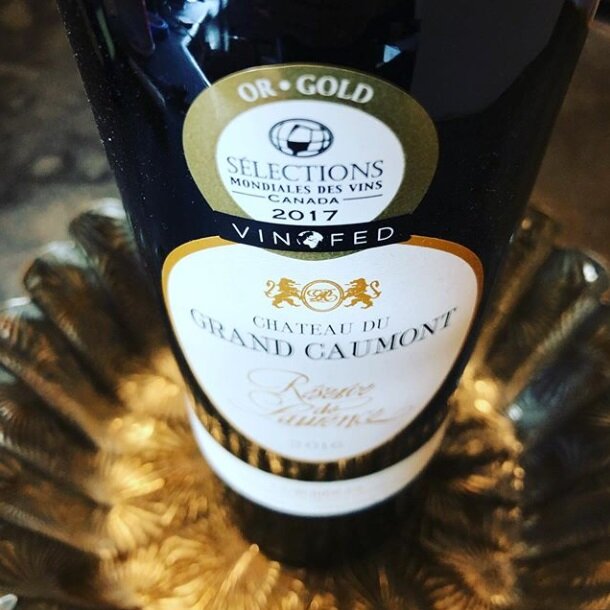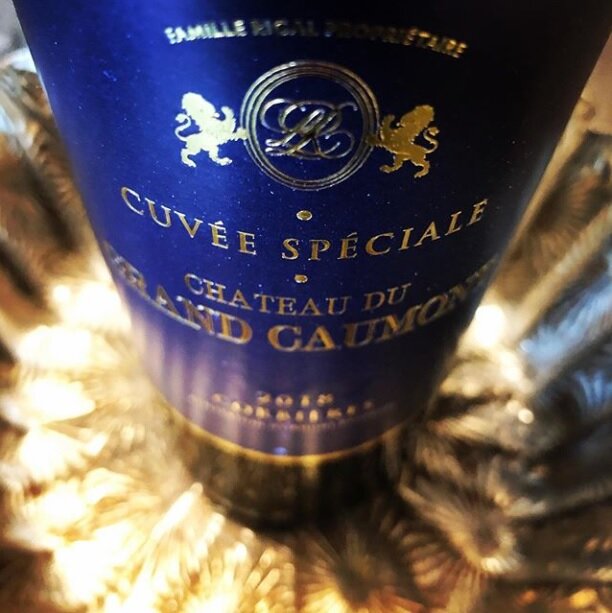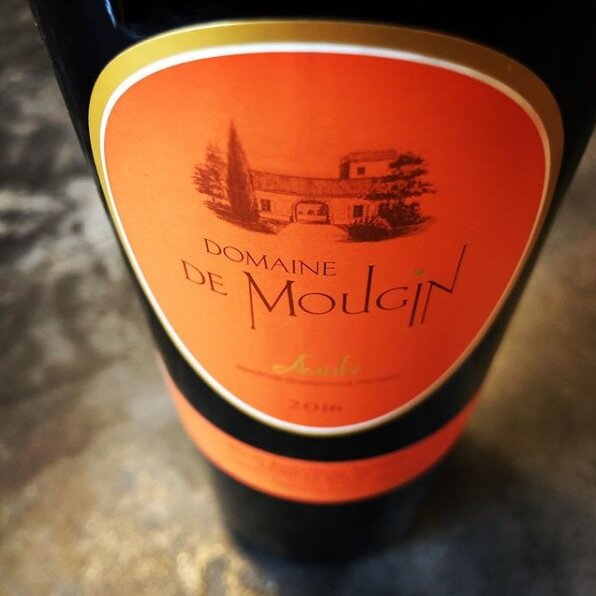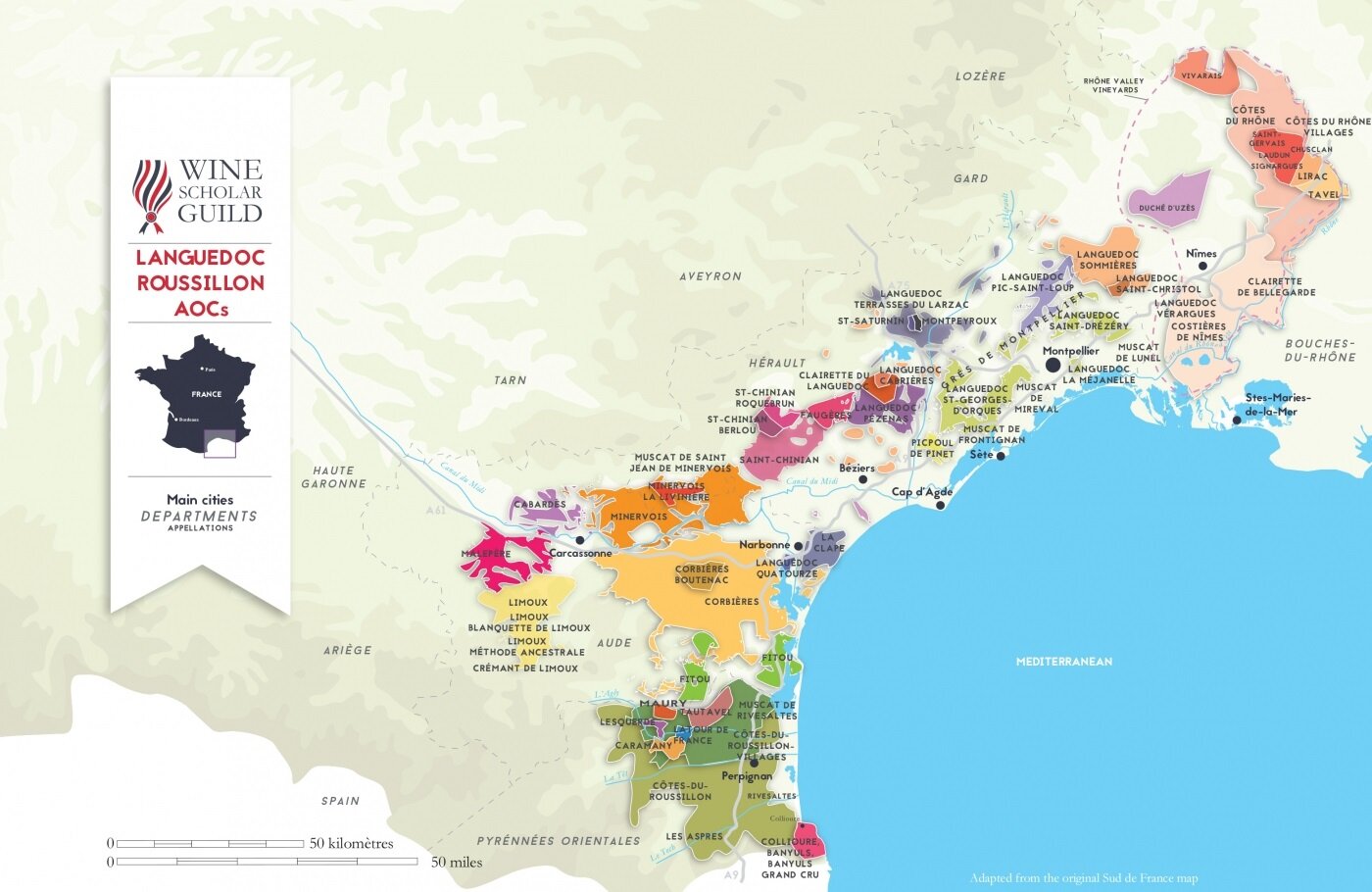Interview with Laurence Rigal
CORBIÈRES / LANGUEDOC-ROUSSILLON
Here is the The Wines of Corbieres translated interview with Laurence Rigal from Château du Grand Caumont:
Laurence Rigal, winemaker at Château du Grand Caumont, commutes between Paris where she raises her 2 daughters, and a family estate of more than 100 hectares. She is a portrait of a woman of character, who pays a touching tribute to her mother, who fell madly in love with the Corbières and a true "architect" of modern Grand Caumont.
When was the domain created?
The estate is located on the site of an ancient Roman villa, known as Villa Manzanetto. It spanned 1,000 hectares at the time, and polyculture was essential. The history of the estate then unfortunately presents some periods where we don’t know the history, but we know that in the 9th century, Charles the Bald offered the estate to his nephew, and that during the French Revolution, the castle burned down. A 15th century tower has survived, but the house was rebuilt during the 19th century. Then, we owe M. Sarda for the construction of the cellar and the transformation of the premises into a real wine estate.
When did the domain pass into the hands of your family?
It was my grandfather who bought the estate in 1906. At that time, he had already created the Roquefort Rigal Company, in his native Aveyron. He kept this company, and therefore worked in dual activity.
Why did you choose the vine in the Corbières, since he was Aveyron and cheese producer?
My grandfather was the son of a winegrower. It was sort of a return to his origins. And then my mother, who was from Normandy, fell in love with this place. She was 21 years younger than my father, and it was she who really took control of the estate. Without any knowledge in the vineyard, this woman of character became self-taught and fell in love with this new profession. She uprooted, replanted and replanted the estate, renovated the cellar and started bottle marketing.
When was it marketed in bottles?
It dates from the late 1970s. Until then, my grandfather and then my father took care of the domain, both carrying on parallel activities, and producing wine in bulk.
Why did you decide to take up the torch?
I was raised in Paris, while my mother went back and forth between Paris and the estate in Lézignan. Personally, I studied at Sciences-Po and worked in advertising for several years. Then when Mom started showing signs of fatigue, I stopped everything and took over the management of the estate. It was in January 2003.
Did you come to live there?
Not completely ... I spend around 40% of my time on the estate and the rest of the time in Paris, where I raise my 2 daughters. It was easier for me to continue living in Paris. Partly because I do a lot of the commercial work. I do trade shows and regularly travel abroad. Fortunately, I can count on the presence in Lézignan of our cellar master, Patrick Blanchard, who was already working in the domain of Mom's time.
What is the size and production of the estate today?
It measures 102 hectares, and our Corbières production represents 70% of total production. We mainly sell in bottles, a little in BIB and, occasionally, we sell a small part of the bulk harvest.
What is the distribution of sales between France and export?
We work a lot on export. Our first client is Quebec, but we also export to European countries, Asia, Japan, China, the United States ... In France, we deal with wholesalers or directly with restaurateurs and the wine merchants in addition to the sale at the tasting cellar.
Do you welcome a lot of people to the cellar?
We receive the public for wine tastings, and also offer a visit. Our large square tower, a vestige of the old castle, offers a very beautiful panorama of the surroundings, and we have decorated it in a "wine museum" where various old tools are exposed on each floor. A stop by our "noria", a domed well, dating from the 11th century, is included in the visit.
What is your Corbières range?
Red clearly predominates, with 5 different vintages. But we also offer a rosé and 2 whites.
What are your “favorite” cuvées?
It’s hard for me to pick just one… In fact, I’m in love with 3 of them.
• The first is Laurence Reserve Cuvée. My mother created it for my marriage in 1998 in Caumont. A nice surprise waiting for me on the table ... This vintage is very marked by Syrah.
• The Impatience vintage is emblematic of the domain. It is named in honor of my mother, known for her impatience ... It is a large black and red Italian bottle, containing a very round and velvety wine. We produce between 50,000 and 80,000 bottles per year, very popular in Quebec.
• Finally, in 2017, with the 2015 vintage, we created our great Cuvée Capus Monti, thus baptized with the Latin name of the small hill located at the entrance to Caumont. The fruit of a plot selection and meticulous vinification process, this wine goes 100% in barrels for 12 months. We produce less than 3000 bottles per year, with our best Syrah and our oldest Carignan.
In general, how would you qualify the wines of Château Grand Caumont?
Our Corbières wines are always partially made from carbonic maceration from old Carignan vines and partially aged in barrels. They are moderately woody and appear rather round, supple, elegant, velvety. These are charming wines.
The final word ?
I want to salute the "great team" around me, which is working at a high level despite the conditions made difficult by the Covid-19 crisis. Patrick and the team remarkably ensure in my absence!
